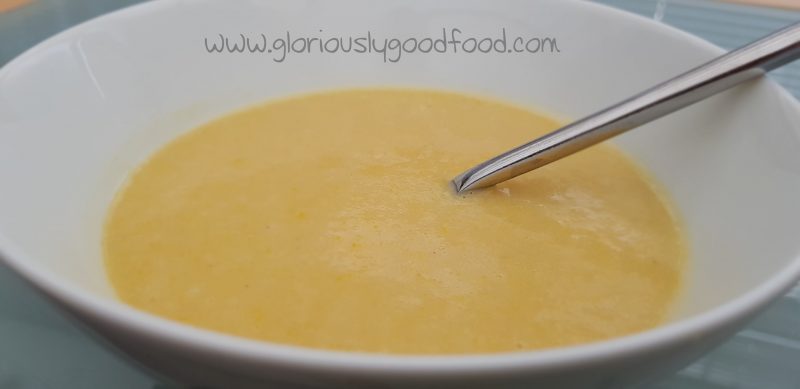This indulgent, creamy-tasting soup is an even more low-fat adaptation of my reflux-friendly chicken and sweetcorn chowder, liquidised to be …

Simple Homecooked Recipes by Frederika Roberts
Simple Homecooked Recipes by Frederika Roberts
Simple Homecooked Recipes by Frederika Roberts

This indulgent, creamy-tasting soup is an even more low-fat adaptation of my reflux-friendly chicken and sweetcorn chowder, liquidised to be …
This is another one of my low-cal, low-carb, low-fat recipes for my pre-op diet before I have weight loss surgery next week.
Chicken Chowder (Updated recipe to make it suitable for Reflux sufferers*) This is a recipe inspired by the amazing ‘soup …
Chicken, Vegetable & Potato Chowder with tomatoes I know I use a lot of poultry and I do have recipes …